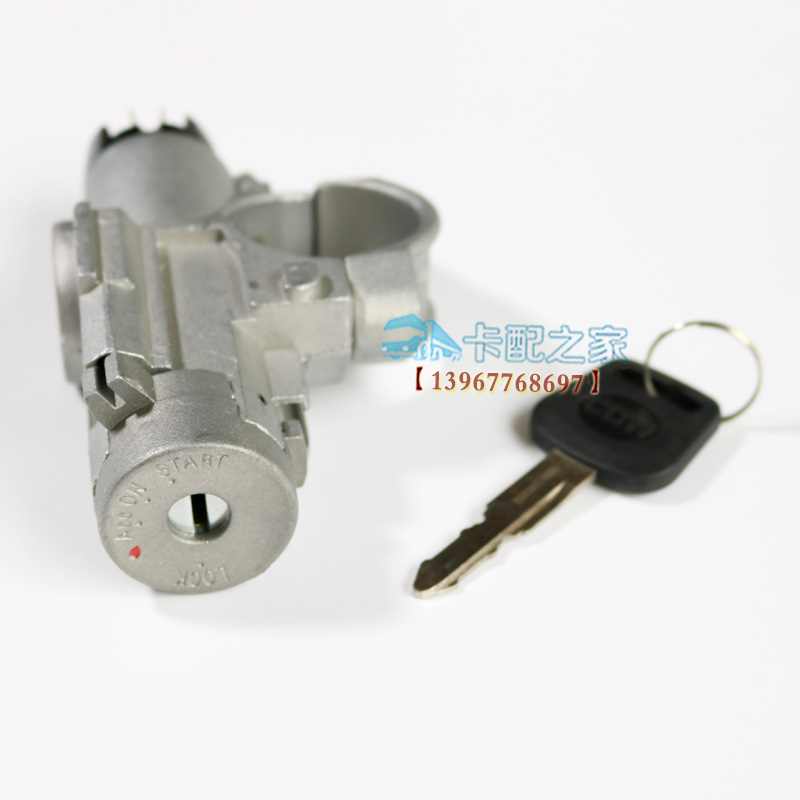Yoon warns North Korea will pay 'heavy price' for provocations
2024-06-07 07:48:20 点击:253
 |
| President Yoon Suk-yeol gestures as he looks at mock-up drones during his visit to the Agency for Defense Development in Daejeon, Thursday. Courtesy of presidential office |
President stresses need to make 'overwhelmingly superior' war preparations for peace
By Nam Hyun-woo
President Yoon Suk-yeol on Thursday warned North Korea of the consequences of its recent drone infiltration, saying, "We should let the North know that it will always pay a heavy price for its provocations."
He made the strongly-worded remarks on North Korea's provocations and South Korea's preparedness and readiness three days in a row after North Korean drones invaded the South's airspace.
"The North Korean drones' infiltration is unacceptable," Yoon was quoted as saying by deputy presidential spokesperson Lee Jae-myoung.
"Regarding activities that infringe on our freedom, only strict punishment and retaliation can deter provocations. Whether they are possessing nuclear weapons or other weapons of mass destruction, we must give a clear message to those who stage provocations and we should never be afraid of or hesitant."
Yoon made the remarks during his visit to the Agency for Defense Development (ADD) in Daejeon, where he inspected the status of defense technology developments, including surveillance and interception systems.
Of the five North Korean drones that entered South Korea's airspace, one traveled as far as northern Seoul and returned to North Korea. The other four hovered mainly around Incheon's Ganghwa Island off the west coast. The South Korean military fired warning shots and sent fighter jets and attack helicopters in response, but failed to shoot them down.
South Korea's Joint Chiefs of Staff said they were light reconnaissance drones and the one that reached Seoul did not enter the P-73 prohibited airspace, which is a 3.7-kilometer-radius area over the presidential office in Yongsan District, but concerns were growing over the possibility of North Korea staging drone attacks.
 |
| President Yoon Suk-yeol speaks during a meeting with researchers and developers of the Agency for Defense Development in Daejeon, Thursday. Courtesy of presidential office |
This triggered doubts over South Korea's air defense capability, and Yoon spouted furious remarks on the military's response and made strong orders to send South Korean drones to the North "even if we have to take the risk of expanding the war."
During the ADD visit, he said, "In order to ensure peace, we must make overwhelmingly superior war preparations. While the North is striving to develop weapons of mass destruction, such as nuclear weapons, it is also concentrating its efforts on cheap and effective asymmetric military strength, such as small unmanned aerial vehicles. … In response, an overall review of our military's plan for improving its forces is required."
Yoon expressed his regrets that the budget for countering North Korea's drones was slashed in the 2023 national budget, which was approved by the National Assembly on Dec. 24, and asked the ADD researchers to make efforts to secure asymmetric military strength.
The concept of asymmetric warfare is gaining greater attention in the wake of the war in Ukraine. It refers to unconventional strategies and tactics that make two conflicting forces unable to engage the same sorts of attacks on each other, thus allowing the weaker side to put up a strong fight.
To counter North Korea's drone provocations, the South Korean military on Thursday staged a nationwide joint anti-air drill in order to establish an operation system tailored to North Korea's provocations using small drones. It is the first case of such a full-scale drill in five years.
The drill was conducted to improve the military's capability to detect and shoot down North Korean drones, assuming they invade South Korean airspace. The focus was on improving the ground-to-air response system, which had failed to react properly when the drones were first detected.
Reportedly, the South Korean military is considering sending its drones to areas close to the North Korean capital Pyongyang and missile launch sites in North Pyongyan Province, in case the North sends drones here.
A day earlier, the Ministry of National Defense announced its five-year plan of strengthening its forces, including spending 560 billion won ($442.23 million) to bolster counter-drone capabilities.





